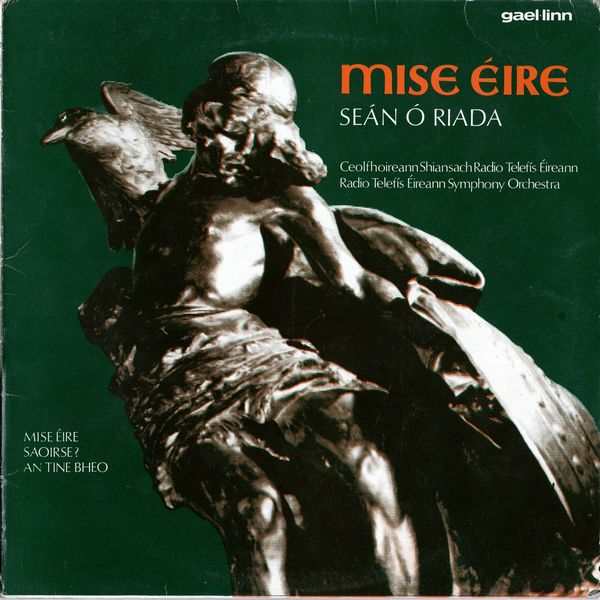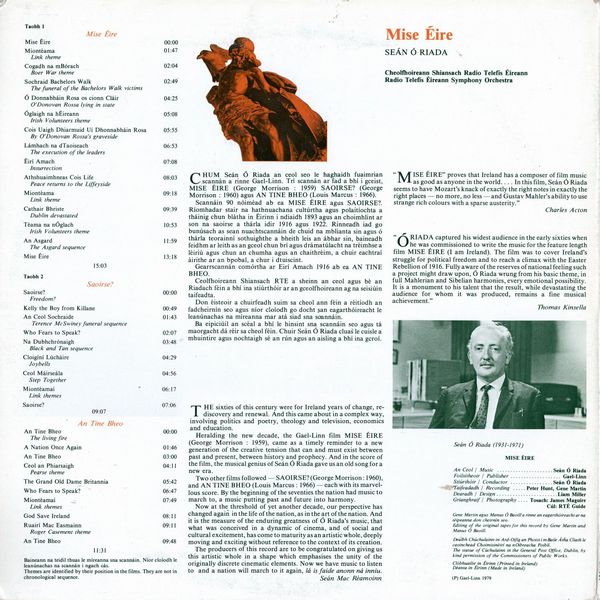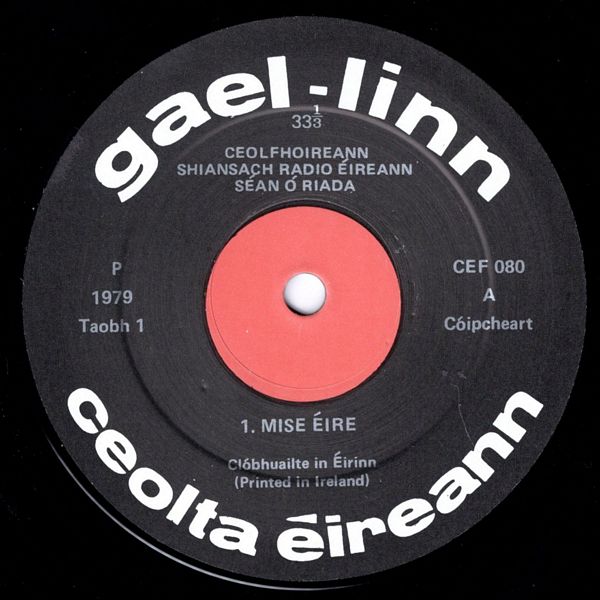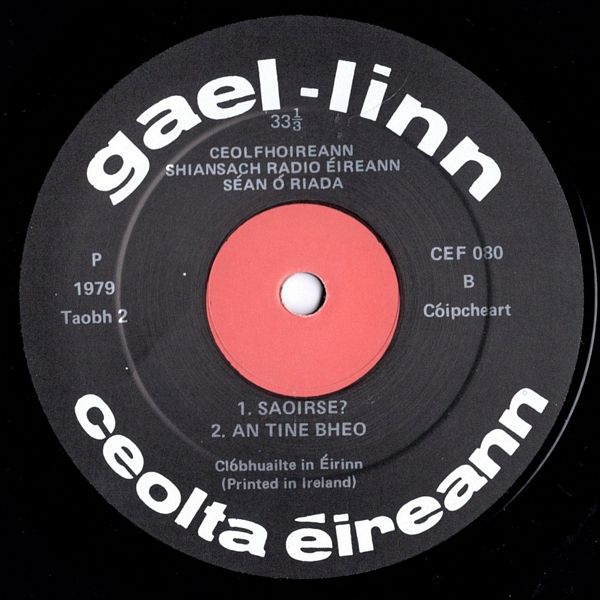


|


 |
Sleeve Notes
THE sixties of this century were for Ireland years of change, rediscovery and renewal. And this came about in a complex way, involving politics and poetry, theology and television, economics and education.
Heralding the new decade, the Gael-Linn film MISE ÉIRE (George Morrison : 1959), came as a timely reminder to a new generation of the creative tension that can and must exist between past and present, between history and prophecy. And in the score of the film, the musical genius of Seán Ó Riada gave us an old song for a new era.
Two other films followed — SAOIRSE? (George Morrison: 1960), and AN TINE BHEO (Louis Marcus: 1966) — each with its marvellous score. By the beginning of the seventies the nation had music to march to, a music putting past and future into harmony.
Now at the threshold of yet another decade, our perspective has changed again in the life of the nation, as in the art of the nation. And it is the measure of the enduring greatness of Ó Riada's music, that what was conceived in a dynamic of cinema, and of social and cultural excitement, has come to maturity as an artistic whole, deeply moving and exciting without reference to the context of its creation.
The producers of this record are to be congratulated on giving us this artistic whole in a shape which emphasises the unity of the originally discrete cinematic elements. Now we have music to listen to and a nation will march to it again, lá is faide anonn ná inniu.
Seán Mac Réamoinn
"MISE ÉIRE" proves that Ireland has a composer of film music as good as anyone in the world … In this film, Seán Ó Riada seems to have Mozart's knack of exactly the right notes in exactly the right places — no more, no less — and Gustav Mahler's ability to use strange rich colours with a sparse austerity."
Charles Acton
Ó RIADA captured his widest audience in the early sixties when he was commissioned to write the music for the feature length film MISE EIRE (I am Ireland). The film was to cover Ireland's struggle for political freedom and to reach a climax with the Easter Rebellion of 1916. Fully aware of the reserves of national feeling such a project might draw upon, Ó Riada wrung from his basic theme, in full Mahlerian and Sibelian harmonies, every emotional possibility. It is a monument to his talent that the result, while devastating the audience for whom it was produced, remains a fine musical achievement."
Thomas Kinsella